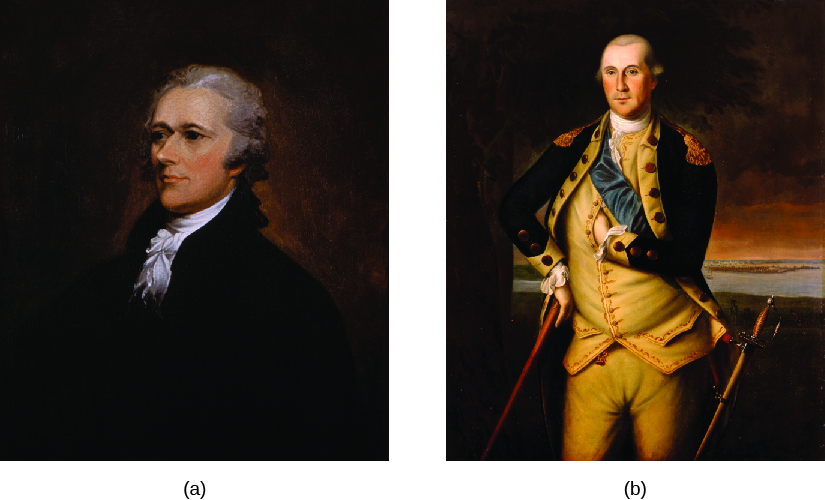| << Chapter < Page | Chapter >> Page > |
By the end of this section, you will be able to:
Since its invention at the Constitutional Convention of 1787, the presidential office has gradually become more powerful, giving its occupants a far-greater chance to exercise leadership at home and abroad. The role of the chief executive has changed over time, as various presidents have confronted challenges in domestic and foreign policy in times of war as well as peace, and as the power of the federal government has grown.
The
Articles of Confederation made no provision for an executive branch, although they did use the term “president” to designate the presiding officer of the Confederation Congress, who also handled other administrative duties.
Early deliberations produced agreement that the executive would be a single person, elected for a single term of seven years by the legislature, empowered to veto legislation, and subject to impeachment and removal by the legislature. New Jersey’s William Paterson offered an alternate model as part of his proposal, typically referred to as the small-state or New Jersey Plan . This plan called for merely amending the Articles of Confederation to allow for an executive branch made up of a committee elected by a unicameral Congress for a single term. Under this proposal, the executive committee would be particularly weak because it could be removed from power at any point if a majority of state governors so desired. Far more extreme was Alexander Hamilton’s suggestion that the executive power be entrusted to a single individual. This individual would be chosen by electors, would serve for life, and would exercise broad powers, including the ability to veto legislation, the power to negotiate treaties and grant pardons in all cases except treason, and the duty to serve as commander-in-chief of the armed forces ( [link] ).


Notification Switch
Would you like to follow the 'American government' conversation and receive update notifications?